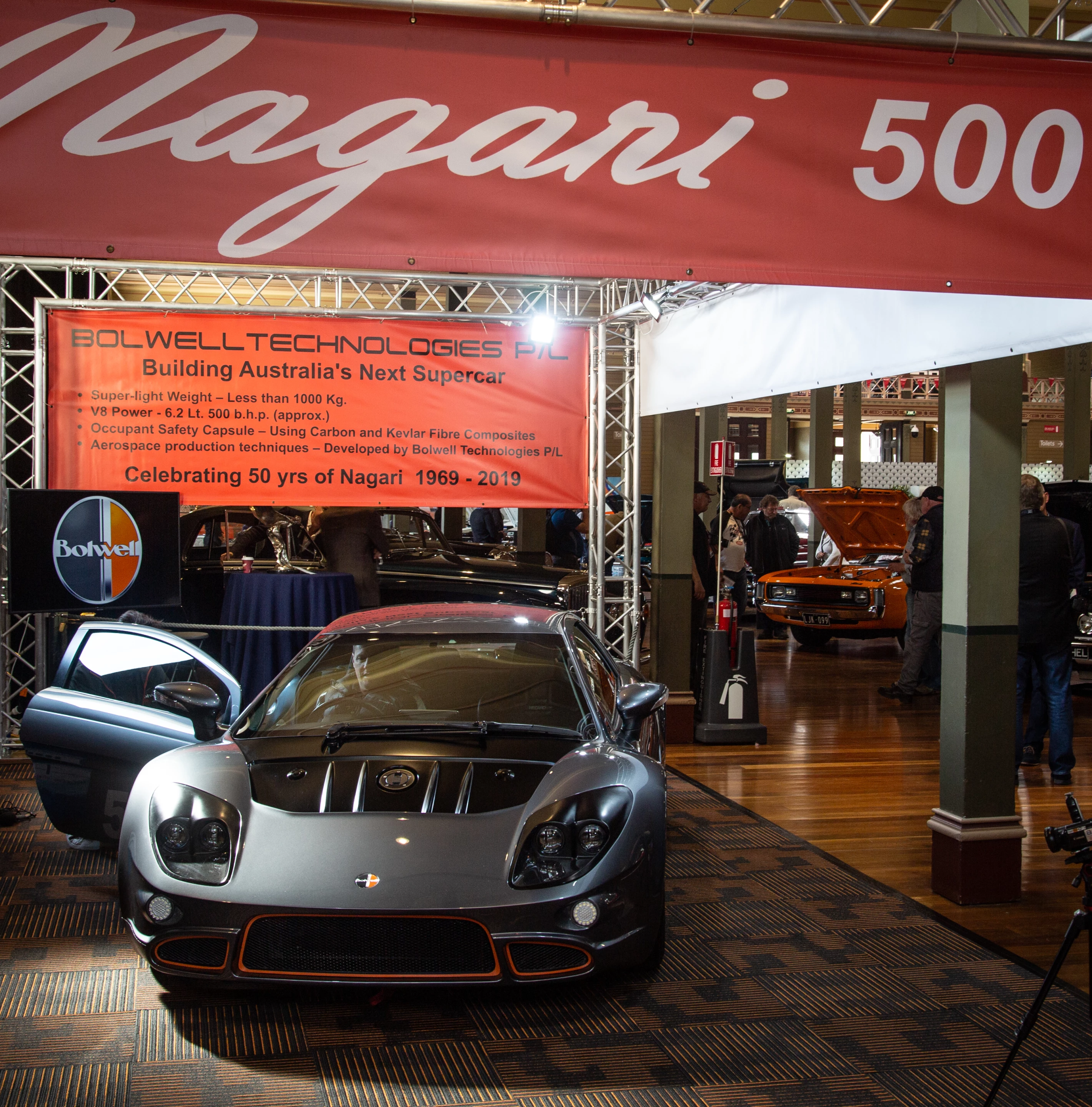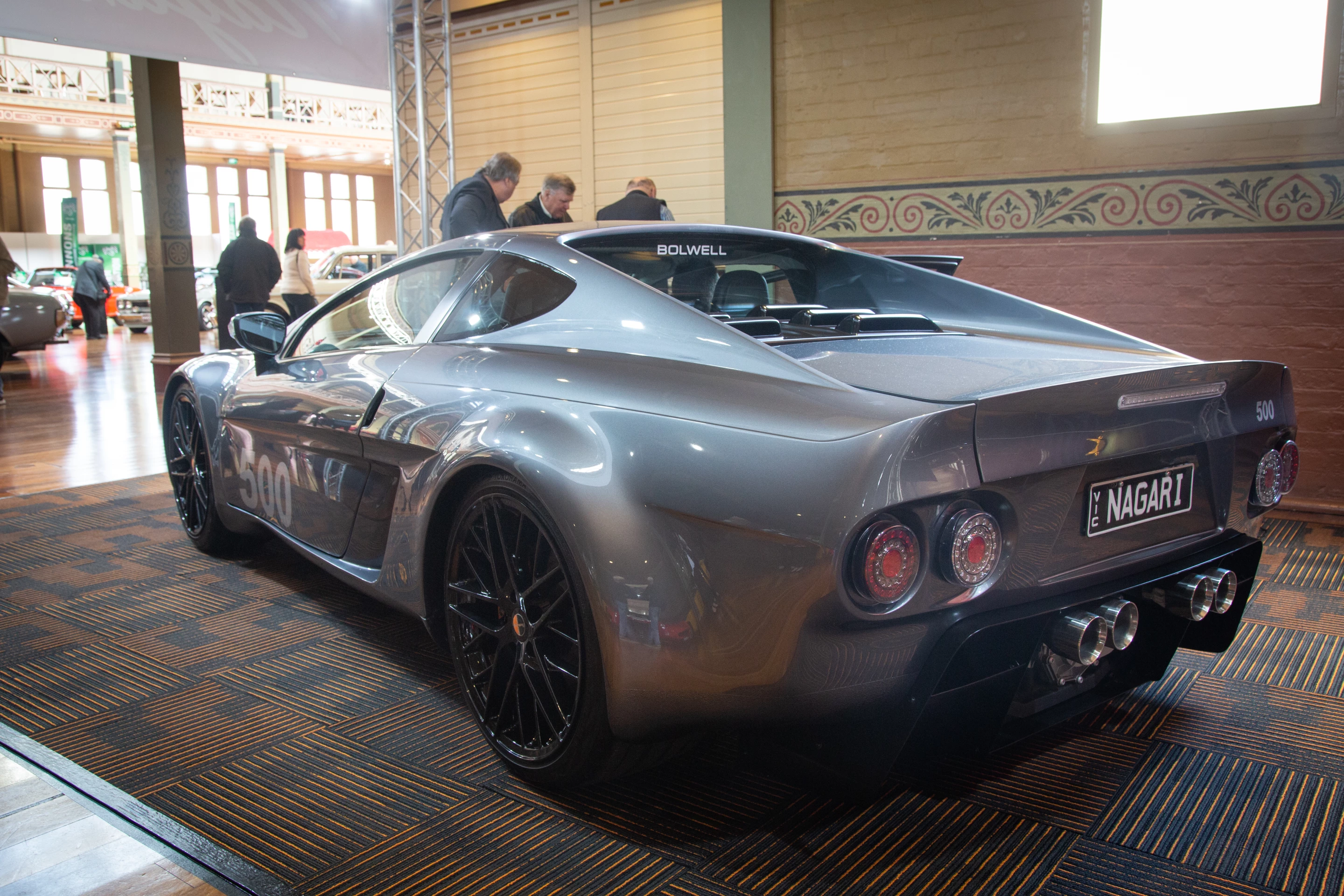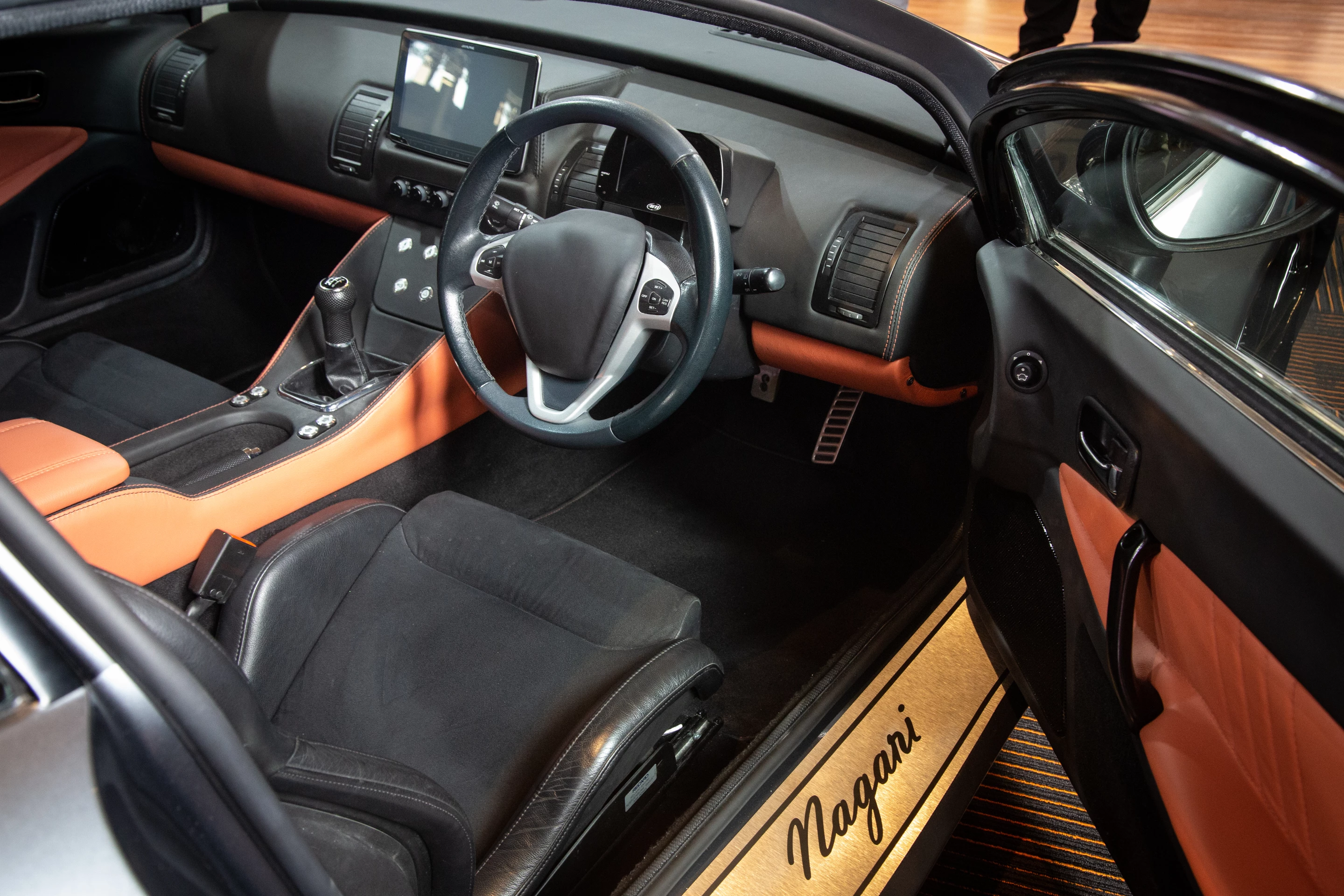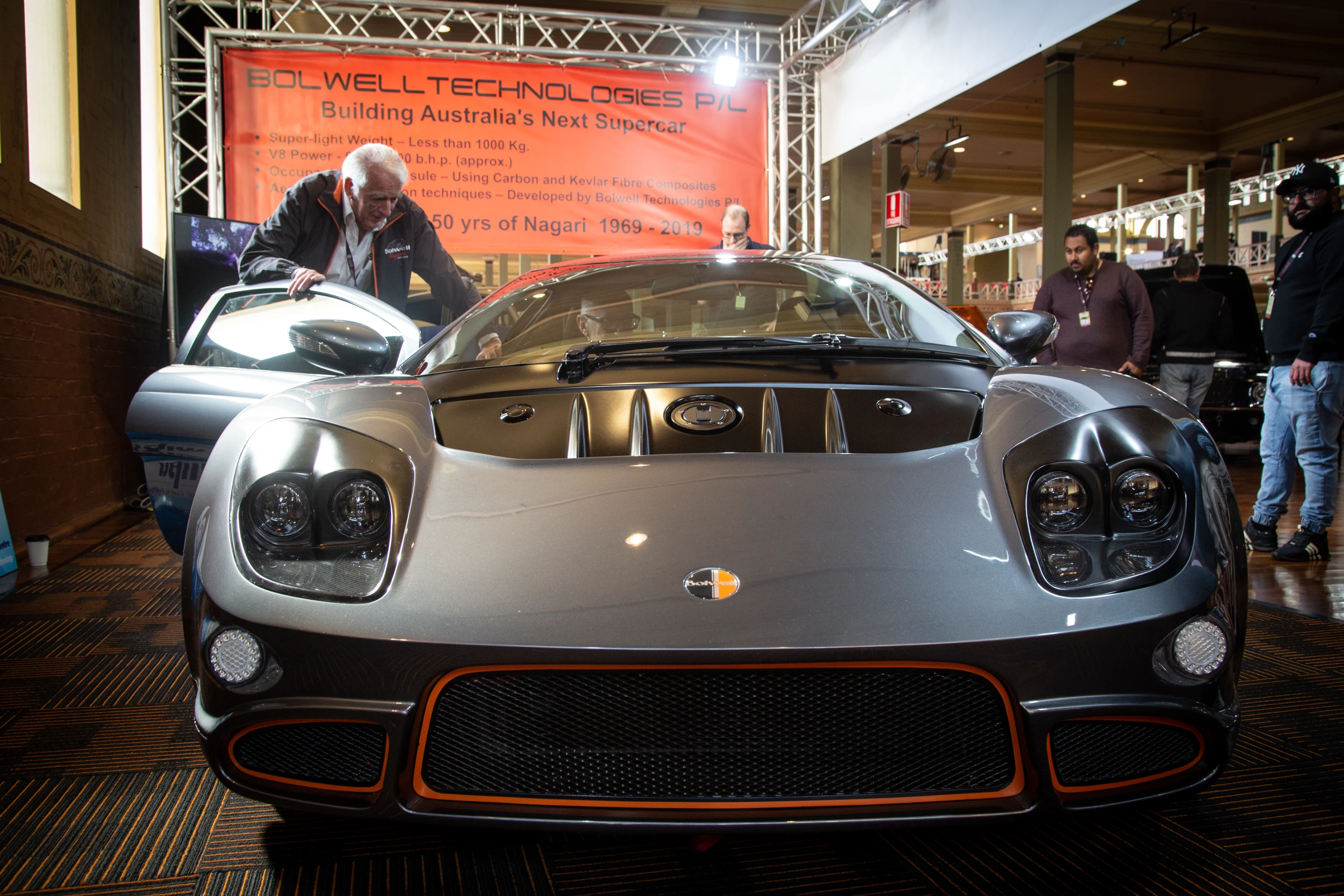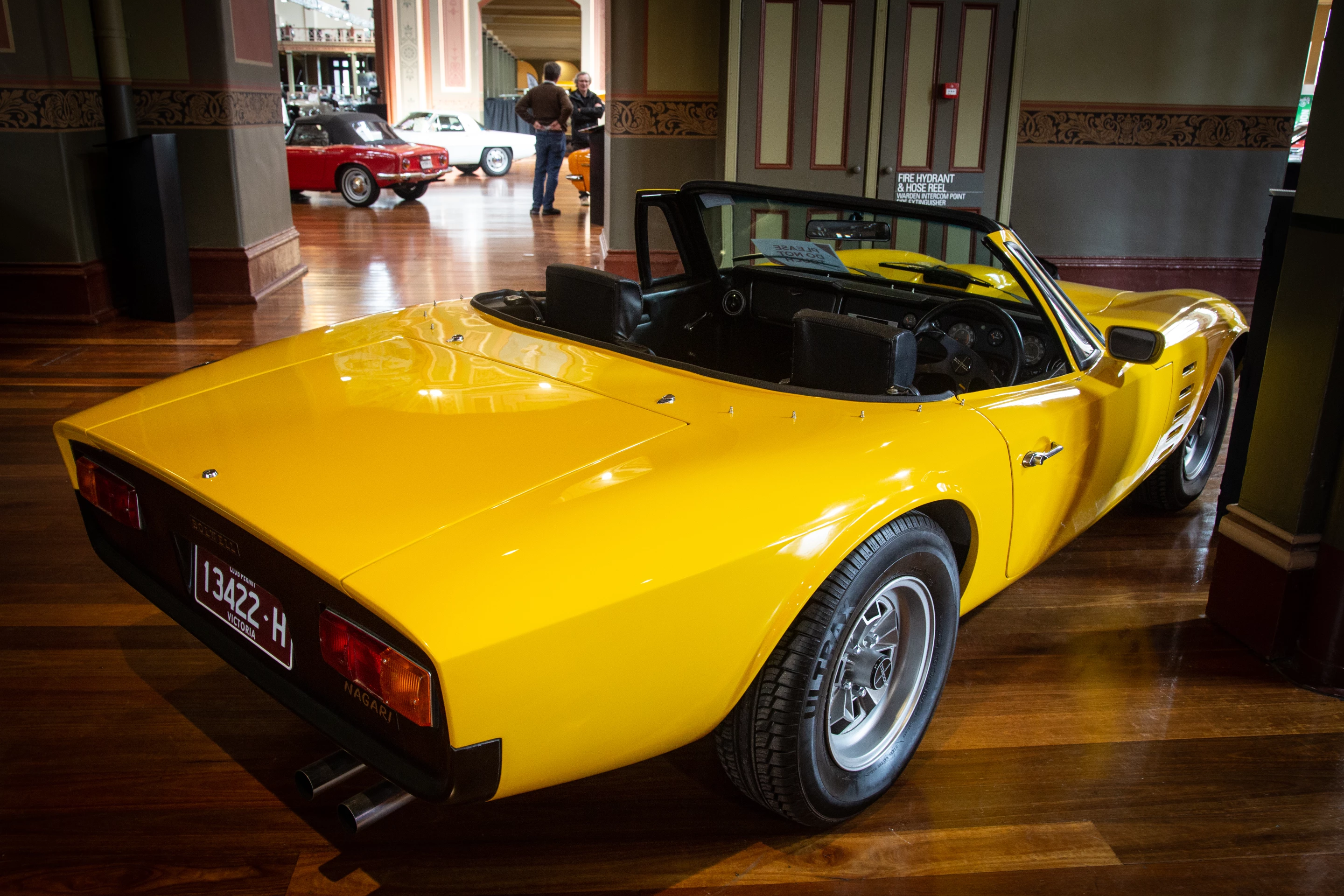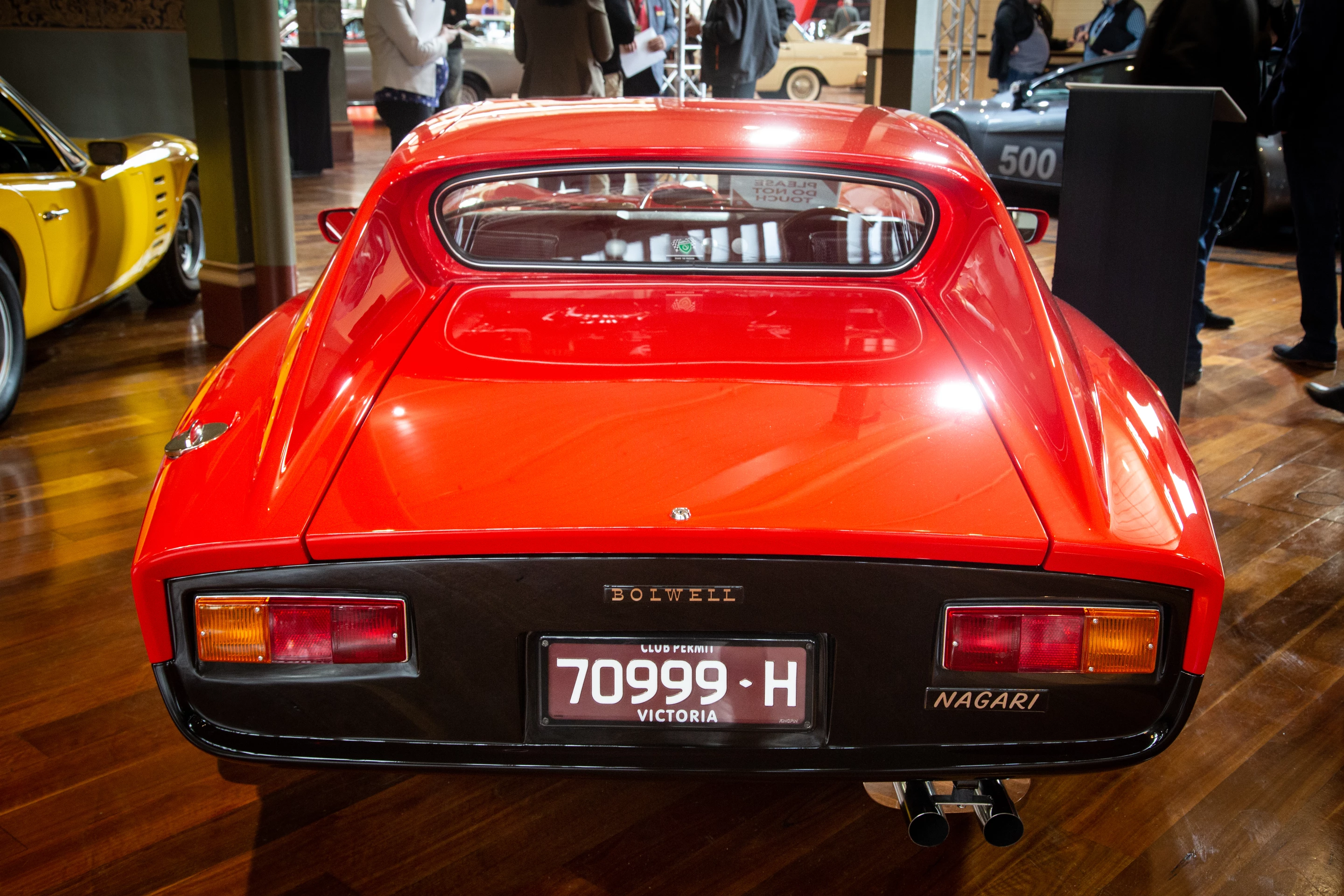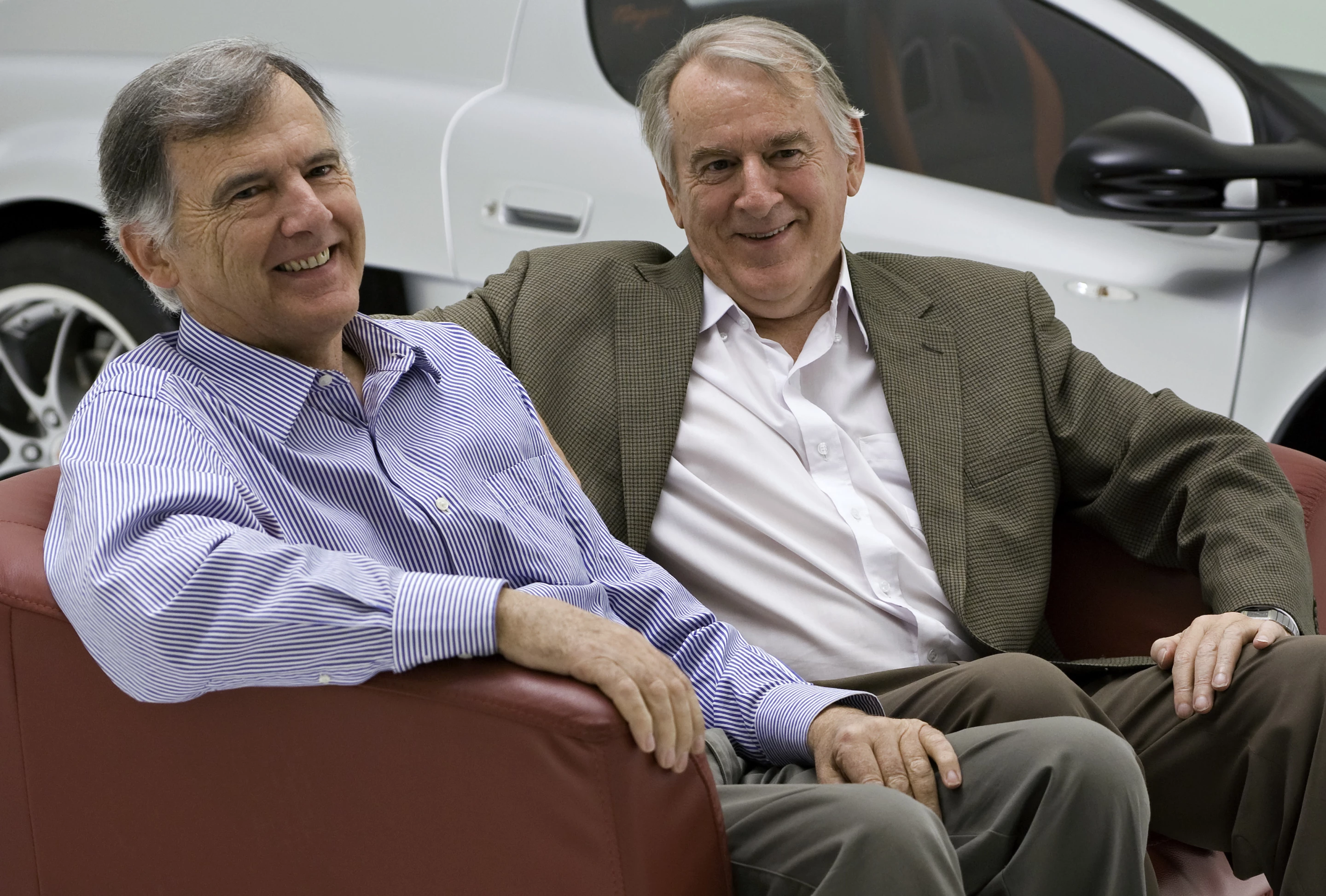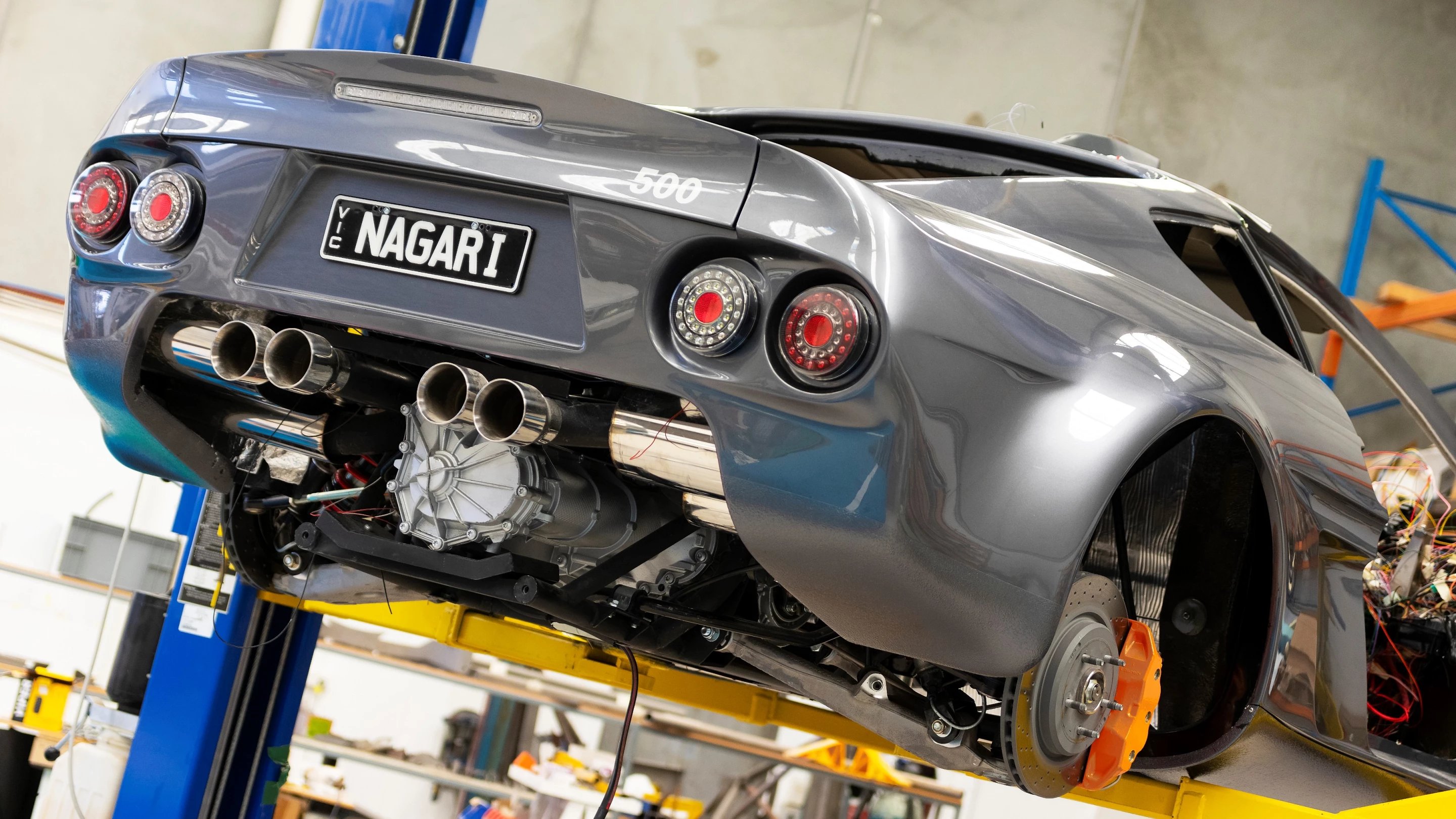In the 1970s, there was no cooler car available in Australia than the Bolwell Nagari. With muscle car mania dominating Australian public automotive consciousness as it was in America, the limited production Bolwell Nagari sports car bridged the sedan-sportscar chasm by squeezing a stock Ford 302 V8 into a lightweight composite body that could be mistaken at first glance for a Lamborghini Miura, using the subsequent power-to-weight advantage to blow the doors off anything else on the road.
The Nagari name means “flowing” in Australian Aboriginal language, and in its time, those flowing lines were quite revolutionary, having evolved separately to the Miura as both Lamborghini and Bolwell settled on the mid-engined layout that would become standard in supercars. The shape of the Nagari could be seen many years prior to its release as it evolved from the kit cars produced by the brothers Bolwell somewhere between the Mk 5 and the Mk 7.
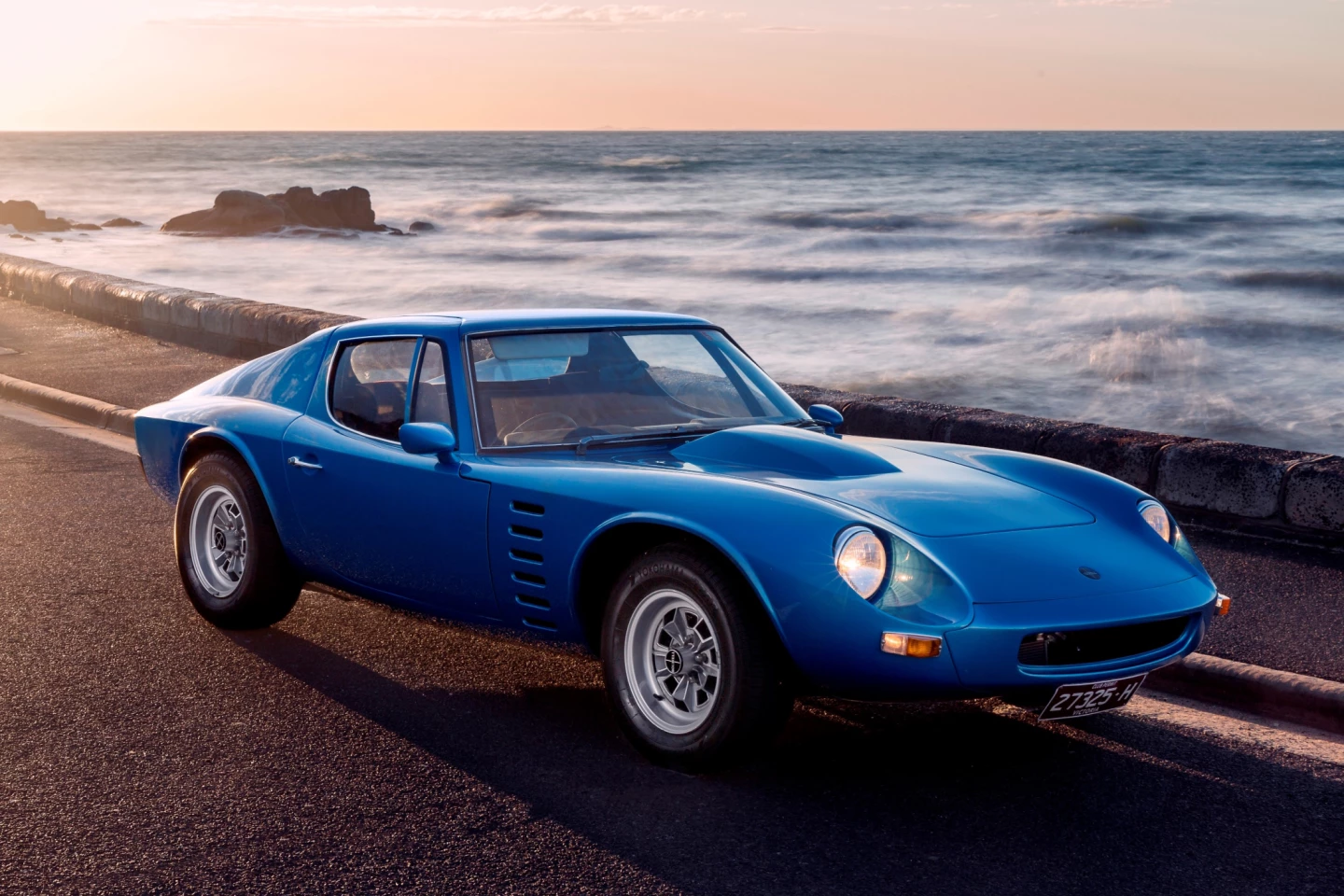
It’s ironic that despite decades working in sports car development, it was Graeme Bolwell’s links to Colin Chapman at Lotus that brought the unexpected benefits that ultimately sustained the company. Graeme spent a period working at Lotus and it was the manufacturing techniques and design know-how associated with composite manufacture which contributed to the integrity of the Nagari, but ultimately provided the basis for the Bolwell company’s success in composite manufacture across myriad industries.
Graeme brought that expertise back from Lotus, where he worked on the Indianapolis race car and the Lotus Europa. Once the brothers got back together, one of the legends of Australian sports car manufacturing was born as the Nagari was produced.
National sports car titles and the adoration of the local automotive press made the name Bolwell seem much bigger than the tiny sports car manufacturer in reality was, but in the 60 years the Bolwell brothers have been producing their succession of sports car models, more than 700 cars were produced.
These days, the automotive side of the Bolwell empire is but a small subsidiary, with the company’s primary skill sets in advanced composite manufacture supplying trucking manufacturers (Kenworth and Iveco), fast-food building fit-outs (McDonalds), caravans (Bolwell's own designs), scooters, flight simulators, wind turbines and marine fixtures.
The brothers still burn a candle for making serious sports cars, though, and the Nagari name has been resurrected once before. In 2008, the company used its carbon fiber vacuum infusion system to produce the AUD$200,000 (approx. US$135,000) Bolwell Nagari 300 supercar, powered by a mid-mounted supercharged 3.5-liter Toyota V6.

The latest car to wear the Nagari name runs a full-blooded V8 again, and met the public this weekend at Melbourne’s international collector car show, Motorclassica 2019.
The new Nagari 500’s engine is a Chevrolet LS3 6.2-liter V8 producing 372 kW (500 hp). Just as Ford would once lift a 302 V8 and transmission direct from its Melbourne Broadmeadows production plant for Bolwell to create one of the original Nagaris, Chevrolet now supplies whole engines ready to go.
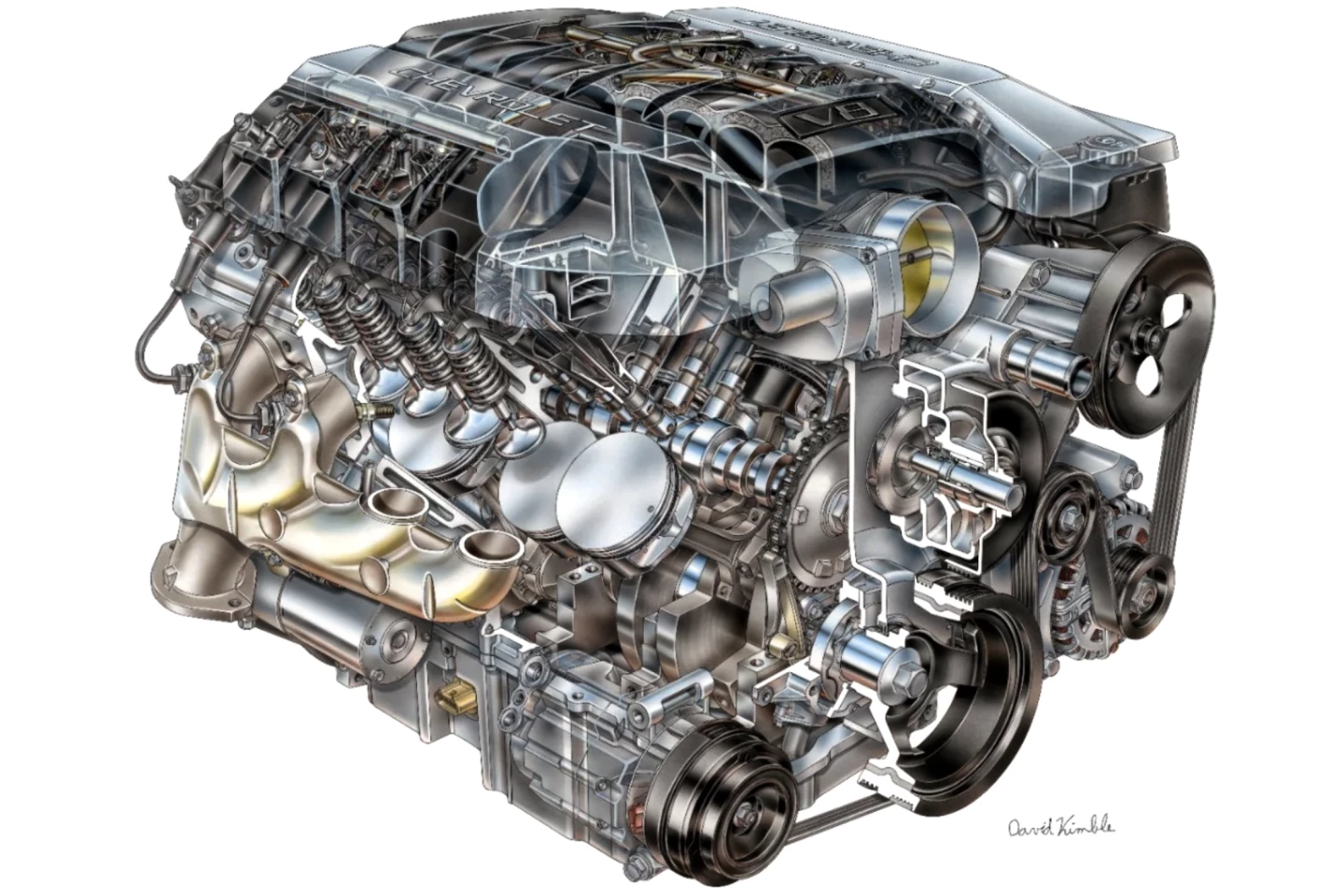
The engines to be installed in the new Nagari 500 begin life as the 430-hp LS3, but the output is increased to 500 hp, and almost any horsepower level required is available off the shelf.
The engine is mounted longitudinally amidships in the new Nagari 500 and bolted on to a six-speed Audi gearbox with a sequential gearbox under consideration.
There’s no pricing, no availability date, and there isn’t a great deal of detail available on concrete plans, but the limited amount of information that is available suggests that the wait will be worthwhile.
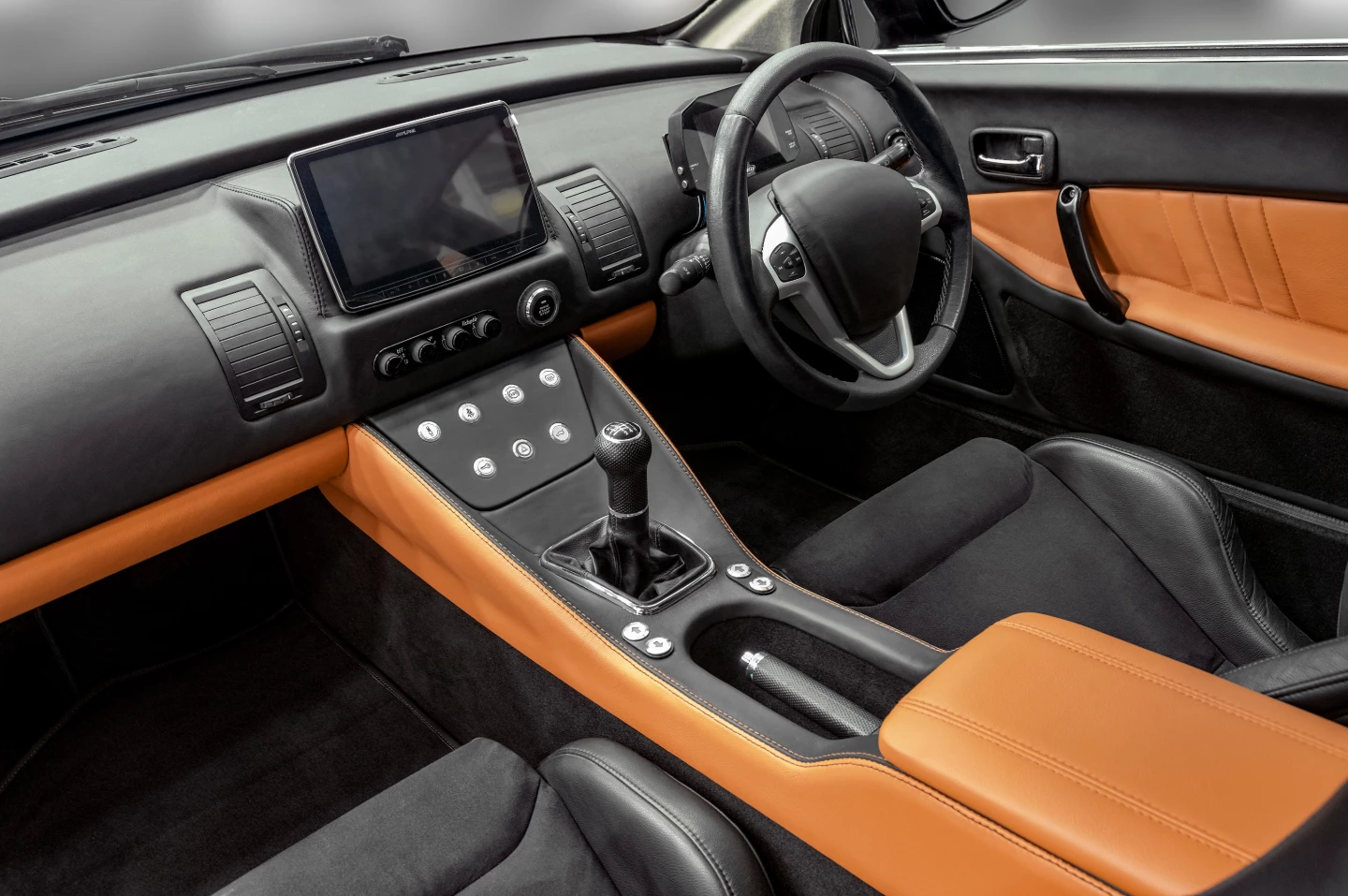
Some of the other technological niceties of the Nagari 500 that were confirmed over the car’s initial public outing included an 8.0-inch central dashboard information display, keyless entry, Recaro seat, 355-mm ventilated and cross-drilled Brembo brakes with carbon-ceramic rotors, and double-wishbone suspension at the front and back incorporating adaptive damping.
The front/rear weight distribution will be close to 40/60 per cent and the t-res will be 300 mm wide at the rear and 250 mm wide at the front.
The production run will be limited, but, depending on the response of the public and potential distribution partners overseas, maybe that could change. As tooling for the car is complete, and it meets all ADRs (Australian Design Rules), which are among the strictest in the world, export markets should be easy pickings if the demand is strong and right distribution partners are keen. That’s the biggest variable in the Bolwell Nagari continuation model equation right now.
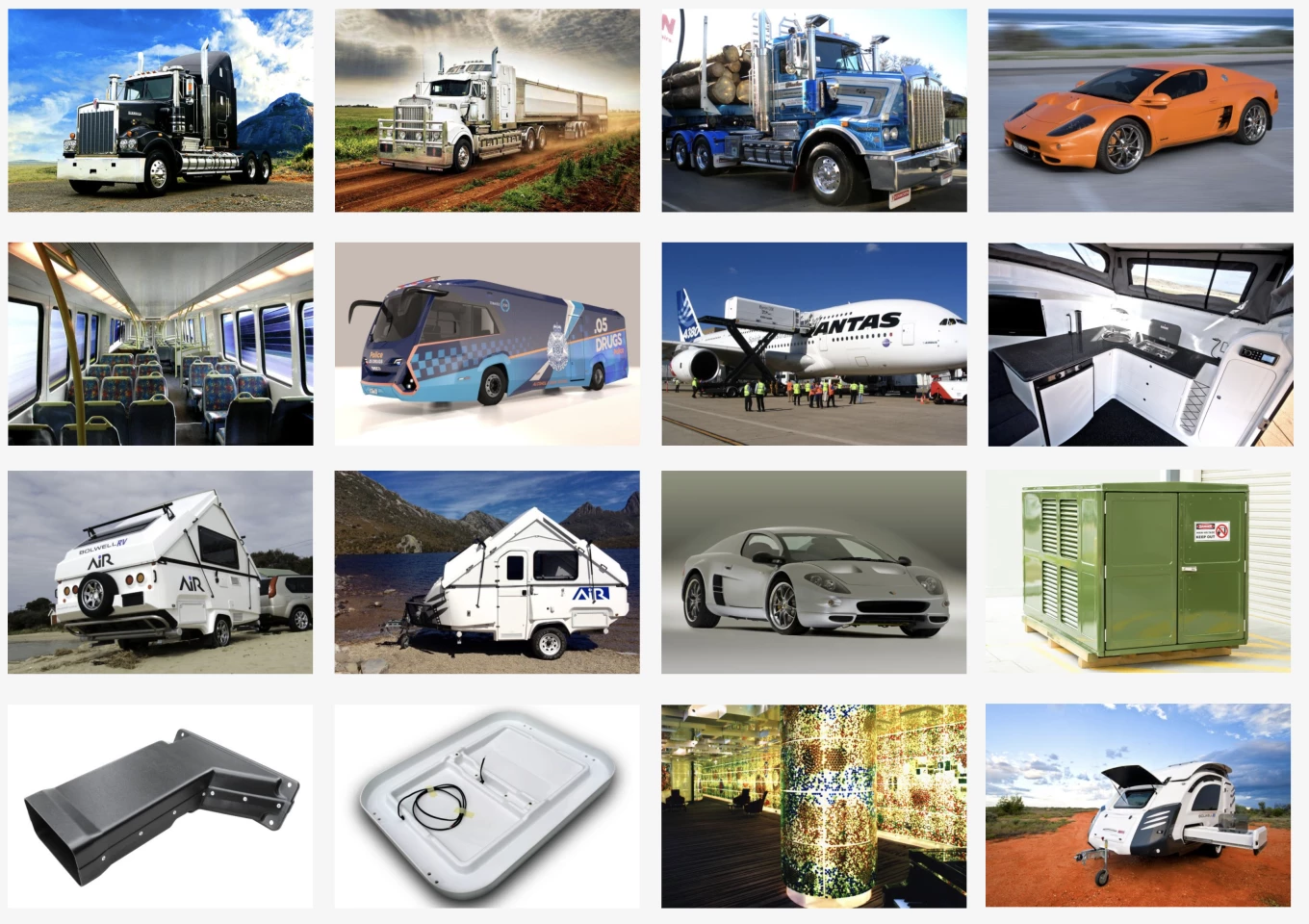
The Bolwell Nagari 500 will be developed over the course of the next year, with pricing and performance figures set to be confirmed in 2020. Right now, all we know is that the car is capable of a 0-100 km/h (62 mph) time of under 3.0 seconds. If the pricing comes in at under AUD$200,000, current AUD-USD exchange rates would translate to one very reasonably priced supercar in the US$130,000 price bracket. That's exciting because the Nagari might finally fulfill all that latent potential, albeit 50 years after its first crack at the market.
Source: Bolwell


